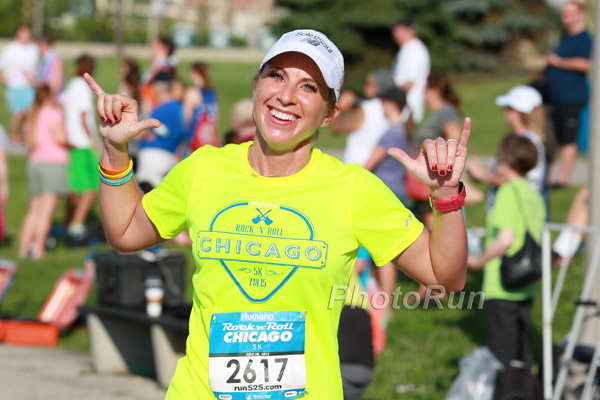How a Clever Mental Focus Can Get You Through Running Injuries
I would like to share with you some thoughts on how to get back to your running routine after injury and how to stay on top mentally. I also have a few suggestions and advice on how to speed up healing and avoid re-injury.

There is no other choice: We have to take a break! An injury cannot be taken lightly. What we need now is a smart approach, inner peace and staying calm. So get off the gas pedal and focus mentally on healing. A real challenge!
What that means is determined by the nature and severity of the injury. But some common mental and practical approaches will help you—with positive energy and, above all, with care—to get through the healing phase safely and maybe even benefit from it in your future training.
You most likely have experienced confusion in those first minutes as you gradually realize that you have injured yourself. The pain can be unnerving. Who has not twisted an ankle in the past? I certainly have. Even longer-term overtraining can cause injuries. Achilles tendon, shin and knee problems are, unfortunately, not uncommon.
Take Your Time—Keep Your Cool

Regardless of the type of injury, it is advisable to practice caution right away. Try to keep your cool as best you can, even if that is sometimes difficult. Our thoughts want to storm in all directions: How bad is it? When can I run again? Some questions will not be answered immediately. What will help you now is inner peace and cleverness.
It is often necessary to seek medical help quickly to get a proper diagnosis, evaluate the situation and discuss a suitable treatment plan with your physician. Ideally, for the best path to healing you should work with a specialist and a therapist. Also of great importance is how to deal with the situation mentally, from the beginning of the injury through the suggested treatment and the cautious resumption of running. You will not always be able to consult a partner, so I would like to introduce you to some practical tips.
Maintain Positive Self-esteem
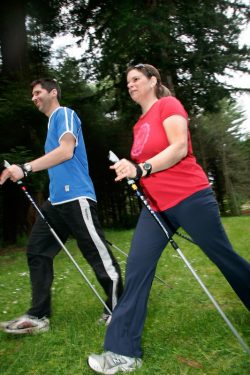
Feeling disappointed when we become injured, even frustrated when the injury lingers longer, is understandable. We love our sport, the feeling of movement, the togetherness, the competition—they enrich our everyday life. If this routine is interrupted, there is a void, making our lives feel less fulfilled. At times you might get despondent and not be able to keep your head held high.
However, you can protect yourself from excessive psychological reactions that can trigger feelings of anxiety, eating disorders and even depression—not only during but also after the injury. Try to think positively. Leave out self-accusations and thoughts of failure. An injury can hit anyone. Keep your self-esteem positive, with a clear mind. Make sure you get plenty of sleep. This way the healing process will be best supported.
Instead of giving up, the motto now is: react—and act. Be aware that this injury is only a temporary problem. You are the master of your mind: act smart and effectively. I suggest to my clients and athletes that they take a step back, review the situation, modify the training plan and only then continue with the adjusted program.
If you eliminate any unnecessary pressure on yourself, you can approach the healing process with renewed courage and then continue your training. You will get help from your physician or therapist, and it is useful when you have sympathetic family, friends, and running partners who can add their encouragement. Both therapeutic measures and adjusted training can be developed in tandem so the healing process is completed as quickly as possible.
Enrich Your Training
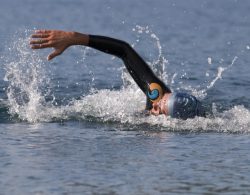
Cross-training is the injured athlete’s chicken soup for the soul! It can help you stay motivated to maintain a similar rhythm of training—with intensities, long workouts and easy training days—as you were accustomed to in injury-free times. Cycling, water running, swimming, targeted strength training, stabilization to strengthen the core, stretching, yoga, and meditation. All of these methods can have a positive effect on healing in conjunction with physiotherapeutic rehabilitation measures. They can make your re-entry into running much easier.
When I was running professionally, I realized you could even get something positive out of injuries. Five weeks before the 15-kilometer race at the 1991 World Cup, I injured one of my adductors and now I could not run the way I had planned. It was a team competition, so I wanted to be there and not let the other members down. So my focus switched from the individual competition to a possible team success.
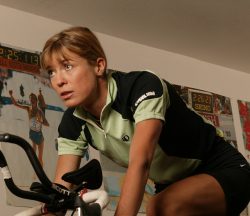
This decision took some pressure off me. I changed my training schedule and integrated deep-water running into my routine. I was again highly motivated and managed to heal the injury as much as possible so I was fit and ready for the World Championships. My new plan worked: I was able to come in third place in the individual competition, and helped my team bring home the gold.
Please, read the following too: “How To Prevent Injuries While Running.“
A Careful Re-Entry to Running is Vital
Finally the injury is healed. Life goes on and you keep going. You have sensibly done everything to get back on your feet. But it is exactly at this stage of resuming running again that the most mistakes can happen. Even the thought of finally being able to run again carries with it the danger of wanting to run too much, too fast, too soon.

In addition to therapy and cross-training you can use the break from running in other positive ways. You get the chance to heal small aches and pains which you may have. You also have the opportunity to find out what caused the injury if it is a recurrent problem, and eliminate it in the future.
Treatment and rehabilitation are one thing, the mental approach is the other. Twin aspects on which the overall healing success depends. Stay optimistic, re-focus, relax, meditate. Use the time as usefully as possible. Soon you will be able to get started again—mentally strengthened and physically healthy.
Yours,

Adapted from my column “Wie Sie nach einer Verletzung richtig trainieren” in the “WELT” with permission (you can read the article in the German language and the entire online “WELT” with a small fee to the newspaper).
*Uta Pippig, 52, is one of the most successful female marathon runners of the ’90s, a three-time champion of the marathons in Boston and Berlin and winner of the NYC Marathon. She is currently a writer and public speaker for “Take The Magic Step®” and “Running to Freedom™” and is also a columnist for the German daily newspaper “DIE WELT” and online “WELT.”
Uta lives in Berlin, Germany, and in Boulder, Colorado, and with her organization “Take The Magic Step®” she commits herself to increasing people’s awareness in the areas of fitness, nutrition and health.
Reading Suggestions:
- Managing Achilles Tendon Injuries
- Lymphatic Massage: A Healing Therapy
- Listen to Your Body—Stay Healthy and Injury-Free During Your Training
- Yoga for the Right Balance
- Posted May 15, 2018
© Copyright 2018-2024 Uta Pippig and Take The Magic Step®. All Rights Reserved.
More Insights
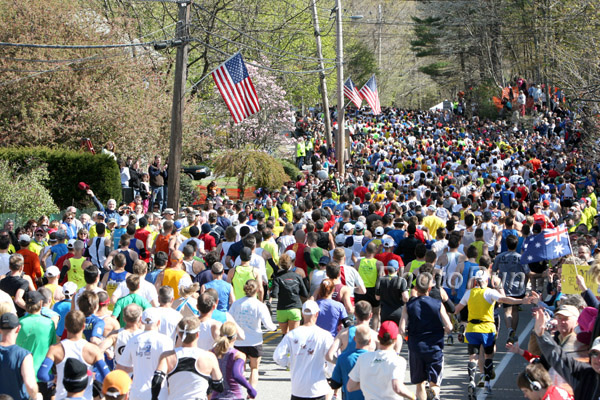
A Hilly Topic: The Boston Marathon Course
The most effective approach for tackling the Boston Marathon course is to stay relaxed within your own unique stride and cadence. The frequent alternation of uphill, downhill, and flat sections will tempt you to break from your pre-race strategy, but stay with your plan.
Uta’s Favorite Exercises to Improve Your Fitness and Running Technique
Uta Pippig has designed an at-home fitness program which only uses your own body weight, steps, and a Theraband. They are eight exercises that Uta often does herself.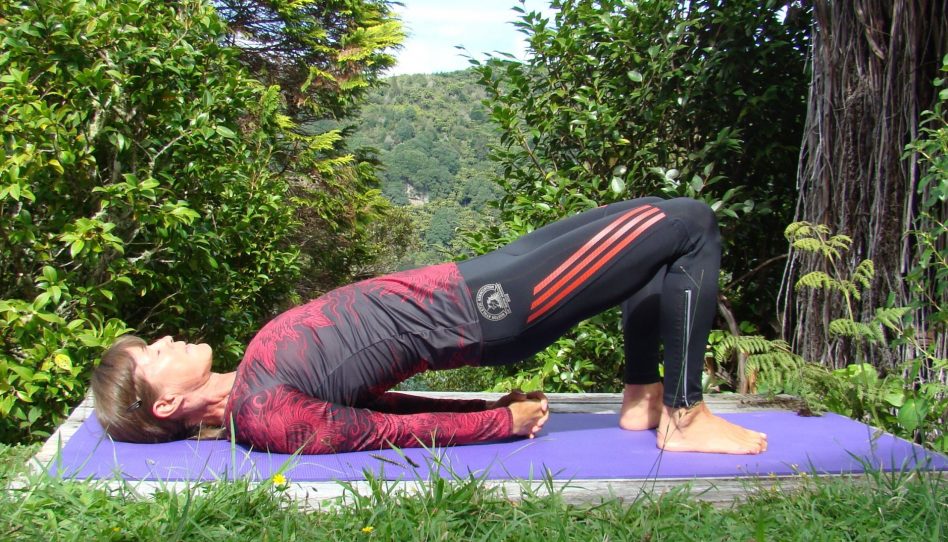
Uta’s Yoga and Stabilization Guide for a Better Running Technique
Runners, especially, can benefit from a well-balanced yoga and stabilization program. Uta suggests effective combinations of poses and exercises that have helped her gain the flexibility and balance that can lead to a better running technique for everyone.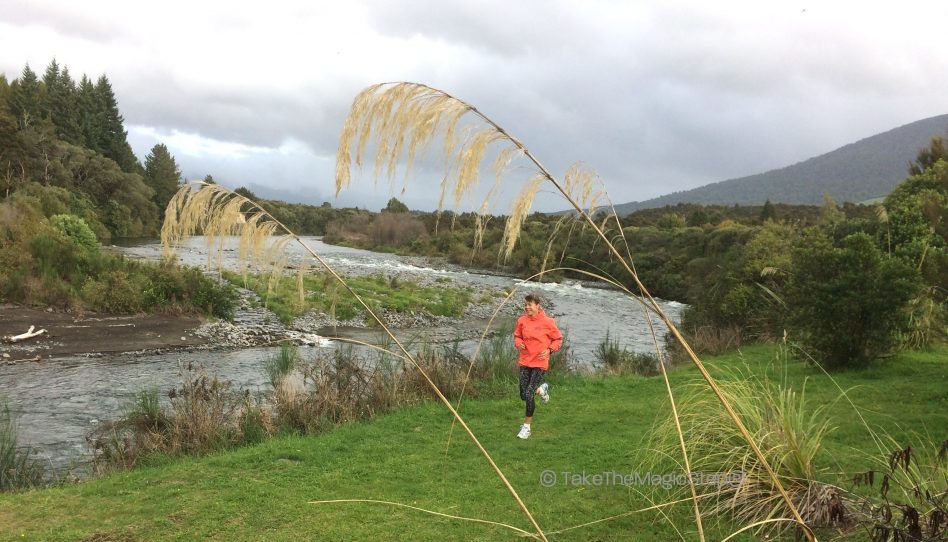
How a Clever Mental Focus Can Get You Through Running Injuries
Running injuries can be devastating, but learning to focus mentally can speed up the healing process. Uta explains how the forced break from running can actually provide future benefits.